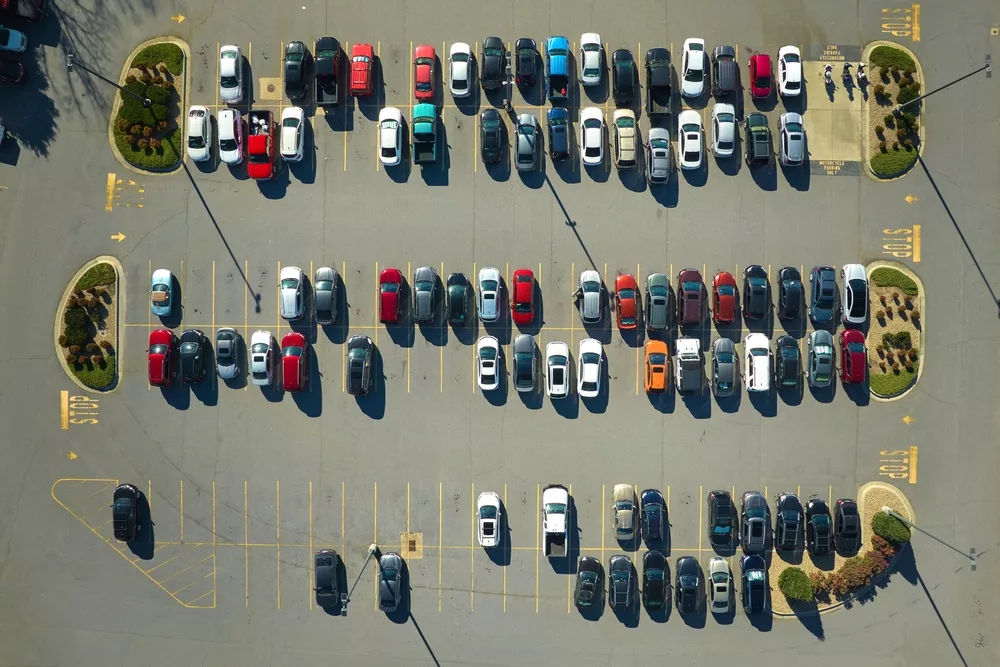Case Study
Remote sensing of heavy-duty vehicle emissions in the United States
United States & Canada
Colorado, United States
Virginia, United States

This case study utilizes the TRUE Initiative’s U.S. remote sensing database to analyze the real-world emissions of heavy-duty vehicles. Approximately 73,000 measurements are included in this analysis of temporal trends in heavy-duty vehicle NOx emissions.
Key findings include:
- For most engine model years, real-world NOx emissions exceed EPA engine emission standards. Remote sensing data show a considerable lag of 6 years or more between the adoption of EPA 2010 standards and the time when real-world emissions approached certification limits.
- NOx emissions from heavy-duty vehicles equipped with 2016 MY or newer engines have decreased by more than 94% compared to vehicles using 2004 MY engines.
- Remote sensing measurements show that NOx emissions are highest at low-speed operation. At speeds below 25 mph, NOx emissions are relatively high compared to the EPA certification standard.
In collaboration with
Colorado Department of Public Health & Environment, Virginia Department of Environmental Quality, University of Denver
Data source
TRUE North American Database: Real-world emissions measurements provided from partners in the Denver Metropolitan area and North Front range in Colorado, and Northern Virginia.
Categories
Heavy-duty vehicles
Market surveillance





